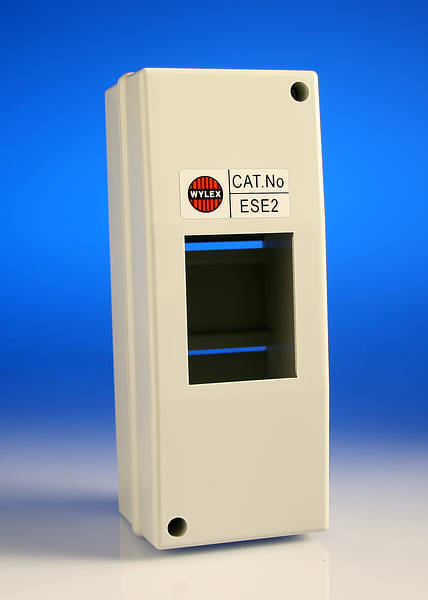I found to my cost, turning pumps off/on does not work, thermo syphon still takes place on upper floors even when pump is off, most important is for a by-pass valve on central heating, as if pump is running water must flow, on the domestic hot water not such a problem any thermo syphon will just keep water warm.
But motorised valves have micro switches built in, the pump does not, so you have no way to tell boiler if required or not, so you will need some relay. But next before working out how, is look at the boiler, with an oil boiler may as well fit two motorised valves and use the micro switches to turn boiler on/off, but with gas, often the boiler is designed to modulate (turn up and down) oil may modulate but 18 kW to 24 kW is not worth worrying about, 6 kW to 28 kW from gas boiler is however some thing needing consideration.
So with a gas boiler with no thermostat on the wall the central heating water is controlled by TRV's (Thermostat radiator valves) on each radiator and as they close the return water raises in temperature which tells the boiler to reduce output, the by-pass valve will open if all radiators as switched off, and once the boiler has modulated fully, then it starts to cycle, anti cycle software reduces the cycling but will not stop it. So a wall thermostat is often placed in a room which is kept cool, is down stairs, has not alternative heating, and no outside door, if it exists, if not the hall is often used.
However with some gas boilers you can gain access to the bus, this means you can electrical turn down the boiler, not off/on but down/up, as to how this is used depends on boiler, some like Bosch you have to use their thermostat, Wave, but others allow third party called OpenTherm.
So you can have with some boilers where each radiator has an electronic head on the TRV which tells a central hub what heat is required as well as controlling flow through radiator and in turn the central hub tells boiler what output is required, so when boiler turns off it is already cool so less energy lost through the flue.
However depends on boiler, some times best option is some thing like the Terrier i30 heads where you can set temperature and time you want that temperature for each room, and boiler is controlled by return water.
There are many other methods, Myson for example make fan assisted radiators where instead of using TRV to control output it controls fan speed, ideal in kitchen as will fit in kick space, bit expensive to use else where.
I used MiHome Energenie TRV heads, and yes they worked, better on supply side of radiator, on return very careful control of lock shield valve is required, I had intended to fit a Nest thermostat with will work with Mihome, then found my Bosch boiler is not OpenTherm enabled, so Nest was never fitted.
So design your final system, work out what will work with your boiler, then decide what order to fit the bits, with a by-pass valve there is no need for a motorised valve to turn off radiators, the TRV's will do that, if you can use a modulating thermostat no point in using old fashion digital (off/on) and if the boiler is modulating without assess to bus, then you don't want a thermostat with anti hysteresis software, since all good wireless have anti hysteresis software, you need a hard wired thermostat. Cheap wireless thermostats don't fail safe, batteries got flat and heating may not turn off, so don't use cheap wireless, but cheap wired are OK.
I jumped into mothers central heating thinking I knew what to do, as mine worked fine, but my house was open plan, one thermostat down stairs and TRV's upstairs it worked great, however mothers house had doors and bay windows, the morning sun could over heat living room, and evening sun the sitting room, it required a different approach.
Tado and Evohome do get close to one system fits all, but expensive, and for people who go to work in the day, speed is important, as the geofencing detects your phones it wants to heat up main room in half an hour, so needs a fan assisted radiator to get that speed, but a retired couple may prefer under floor heating where it takes hours to heat up and cool down. So it has to fit what you want, in my new house using oil, so modulating thermostats really pointless, 18 kW is far too much most of the year, so has to be off/on system.




